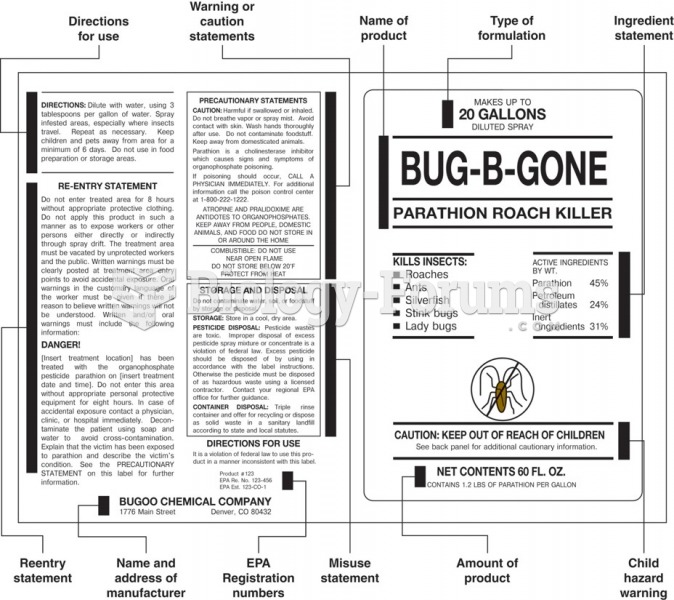Answer to Question 1
Students with learning disabilities may have problems with perception, attention, memory, and metacognition. Each of these processes influences how we encode information, process it, recall it, and express what we have learned.
Answer to Question 2
The basic elements of cooperative learning include
Group heterogeneity: Cooperative learning groups, which usually number four or five students, should contain members of both genders of various ability levels, ethnic backgrounds, and social classes in order to produce both the academic and social benefits that this approach is capable of producing.
Group goals/positive interdependence: Although the entire group, rather than an individual, is responsible for achieving an overall goal, each member of the group is responsible for making a specific, substantive contribution to achieving the goal. To ensure that each member makes his or her respective contribution and the group goal is achieved, every member is responsible for helping every other member make their respective contribution. This arrangement reflects the motto of the Three Musketeers: All for one, and one for all.
Promotive interaction: Students are taught the techniques that allow positive interdependence to be a productive element. These include peer tutoring, exchanging information, challenging one's views and reasoning, providing feedback, and providing encouragement.
Individual accountability: As noted above, although the group is responsible for achieving a goal, each individual is held accountable for making substantive contributions. These may take the form of minimum scores on an exam or doing the research or writing for a report.
Interpersonal skills: For groups to be productive, students need to be taught the skills of leadership, decision making, trust building, communication, and conflict management.
Equal opportunities for success: Since cooperative groups are composed of students of different abilities, steps need to be taken to ensure that all students have an equal opportunity to make a substantive contribution to the group's efforts. This can be done by giving students assignments that are geared to their current level of skill or by awarding students points if a test score is higher than the average of previous test scores.
Team competition: When teams are fairly matched and the rewards are determined according to predetermined criteria, competition between teams can have a beneficial effect on intrateam cooperation.







